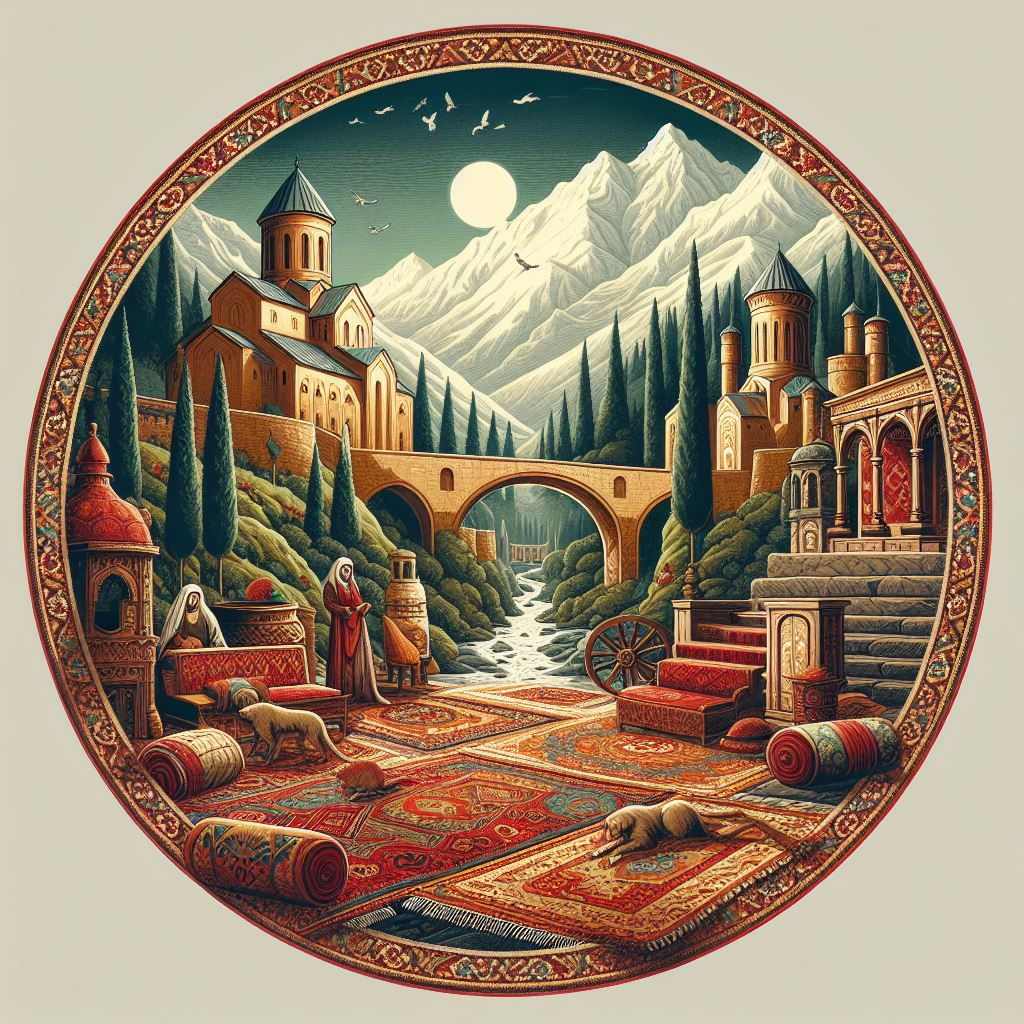Explore Georgian Carpets: History & Patterns
The Rich History of Georgian Carpet Weaving
Georgian carpet weaving is an art form steeped in centuries of history, reflecting the rich cultural tapestry of Georgia. These carpets are renowned not just for their aesthetic appeal but also for their deep cultural significance, embodying the traditions, beliefs, and historical events of the Georgian people. The craft of carpet weaving in Georgia is a time-honoured tradition, with each rug telling a story of its own, woven into the very fabric of Georgian history.
The Evolution of Georgian Carpet Weaving
The origins of Georgian carpet weaving can be traced back to the early centuries, where they were primarily used for practical purposes such as floor coverings, saddlebags, and wall hangings to provide insulation in homes. However, over time, these utilitarian objects transformed into symbols of wealth and status, intricately designed and richly coloured, reflecting the skill and creativity of their makers.
In the 1800s, Georgian carpets began to gain prominence on the global stage, admired for their unique designs and superior craftsmanship. This era saw a flourishing of the carpet weaving industry, with Georgian rugs becoming highly sought after by collectors and enthusiasts around the world. The question "What were the types of rugs in the 1800s?" highlights this period as a pivotal moment in the history of Georgian carpet weaving, marking the evolution of the craft from traditional methods to more sophisticated techniques and designs.
Symbolism and Design
The designs and patterns of Georgian carpets are deeply symbolic, drawing from the country's rich mythology, religious traditions, and natural beauty. Motifs such as the Tree of Life, dragons, phoenixes, and geometric patterns are common, each carrying specific meanings and embodying the weaver's hopes, fears, and aspirations. The diversity of designs showcases the regional variations within Georgia, with each area boasting its unique style influenced by local customs, natural environment, and historical context.
The Artistry Behind Georgian Carpets
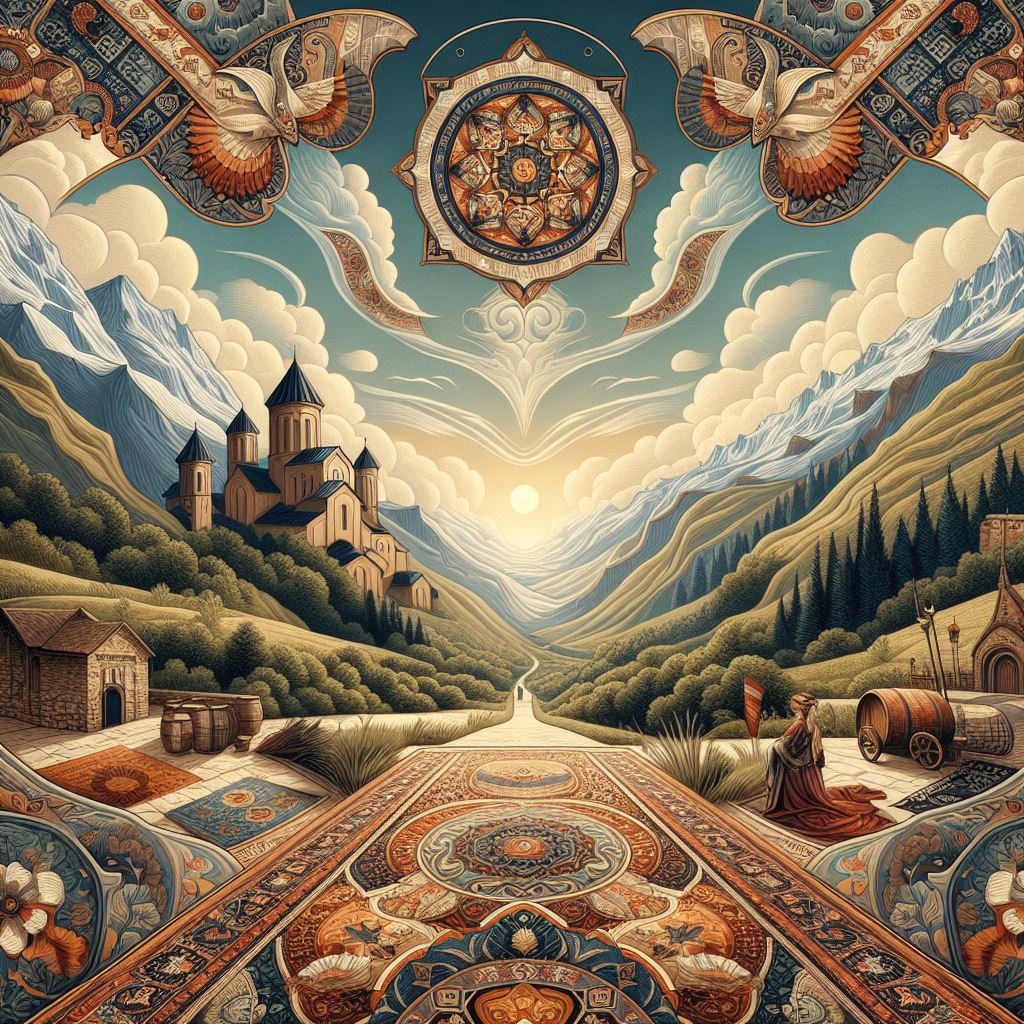
Delving into the artistry behind Georgian carpets unveils a world where every knot and colour choice is imbued with meaning and intention. The creation of a Georgian carpet is a labour of love and patience, requiring skilful hands, a deep understanding of traditional techniques, and an artistic eye. The process begins with the careful selection of materials, with wool being the most common base due to its durability, warmth, and texture. Georgian weavers traditionally spun their wool, dyeing it with natural substances extracted from plants, minerals, and insects to achieve a rich palette of colours that remain vibrant through the years.
Weaving Techniques and Craftsmanship
Georgian carpet weaving is characterized by a variety of techniques, including pile weaving, flat weaving, and embroidery, each lending a different texture and appearance to the finished product. The technique chosen often depends on the rug's intended use, the desired aesthetic, and the weaver's regional tradition. The craftsmanship of Georgian carpets is evident in the precision of the knots, the harmony of the designs, and the balance of colours, reflecting generations of knowledge passed down through families.
Uniqueness of Georgian Designs
What sets Georgian carpets apart is their unique blend of oriental and western design elements, a testament to Georgia's position at the crossroads of Europe and Asia. Georgian rugs feature a distinctive mix of bold geometric shapes and delicate floral patterns, often framed by elaborate borders that tell a story or depict scenes from nature or daily life. This fusion of styles results in carpets that are not only beautiful but also rich in cultural significance, offering insight into the historical and social contexts in which they were made.
These expanded sections delve into the rich tapestry of Georgian carpet weaving and artistry, highlighting the craft's historical depth, cultural significance, and the meticulous craftsmanship that defines Georgian rugs. Through understanding these aspects, one gains a deeper appreciation for these masterpieces of textile art, bridging past and present in the vibrant threads of Georgian heritage.
Joe Rugs - Carpet Expert
Hello! I'm Joseph Rugs, the founder of CarpetJoe.com and your guide through the intricate world of carpets. Born and raised in London with a deep-rooted passion for art and culture, I've explored the globe to bring the rich tapestry of carpet weaving right to your screen. My academic background in arts and humanities from Oxford has fuelled my curiosity, leading me to uncover the stories behind every knot and weave. As a family man, my adventures are shared with my loved ones, enriching our lives with every piece of art we encounter. Join me as we explore the beauty and craftsmanship of carpets together.
Identifying Antique Georgian Rugs
The quest to identify an antique Georgian rug is akin to embarking on a historical journey, tracing back to the roots of Georgian craftsmanship and design. Antique Georgian rugs, with their deep cultural significance and unparalleled artistry, have long been celebrated for their exquisite beauty and intricate patterns. Recognized for their durability and timeless appeal, these rugs serve not only as decorative pieces, but also as historical artefacts that offer insight into the rich tapestry of Georgian heritage.
Historical Significance and Age Assessment
Determining the age of an antique Georgian rug is crucial for collectors and enthusiasts alike. Antique rugs are typically defined as those over 100 years old, and Georgian rugs are no exception. The age of a rug can often be determined by examining its materials, weaving techniques, and the dyes used. Georgian rugs traditionally employed natural dyes derived from plants and minerals, which, over time, acquire a distinct patina that synthetic dyes cannot replicate. The fading and wear patterns, along with the rug's overall condition, can also provide clues to its age.
Craftsmanship and Weaving Techniques
The craftsmanship of Georgian rugs is distinguished by its high level of skill and attention to detail. Georgian weavers utilized a variety of weaving techniques, depending on the region and the specific type of rug being created. The intricacy of the weave, the density of the knots, and the complexity of the design all contribute to the rug's uniqueness and value. Hand-spun wool, often dyed with natural substances, was the primary material used, giving these rugs their characteristic richness and depth of colour.
Design and Motifs
Georgian rugs are renowned for their diverse range of designs and motifs, each bearing its own symbolic meaning. Common themes include floral patterns, geometric shapes, and depictions of animals and humans, all intricately woven into the fabric of the rug. These motifs are not merely decorative; they represent the weaver's personal expressions, beliefs, and desires. Identifying specific patterns and their origins can help in pinpointing the rug's provenance and, by extension, its authenticity as a Georgian piece.
Rarity and Value
The rarity and value of antique Georgian rugs are influenced by several factors, including age, condition, artistic merit, and historical importance. Rugs that were made in limited quantities or possess unique design elements are particularly sought after. The provenance of a rug, or its history of ownership, can also significantly impact its value, with pieces having a well-documented lineage being especially prized.
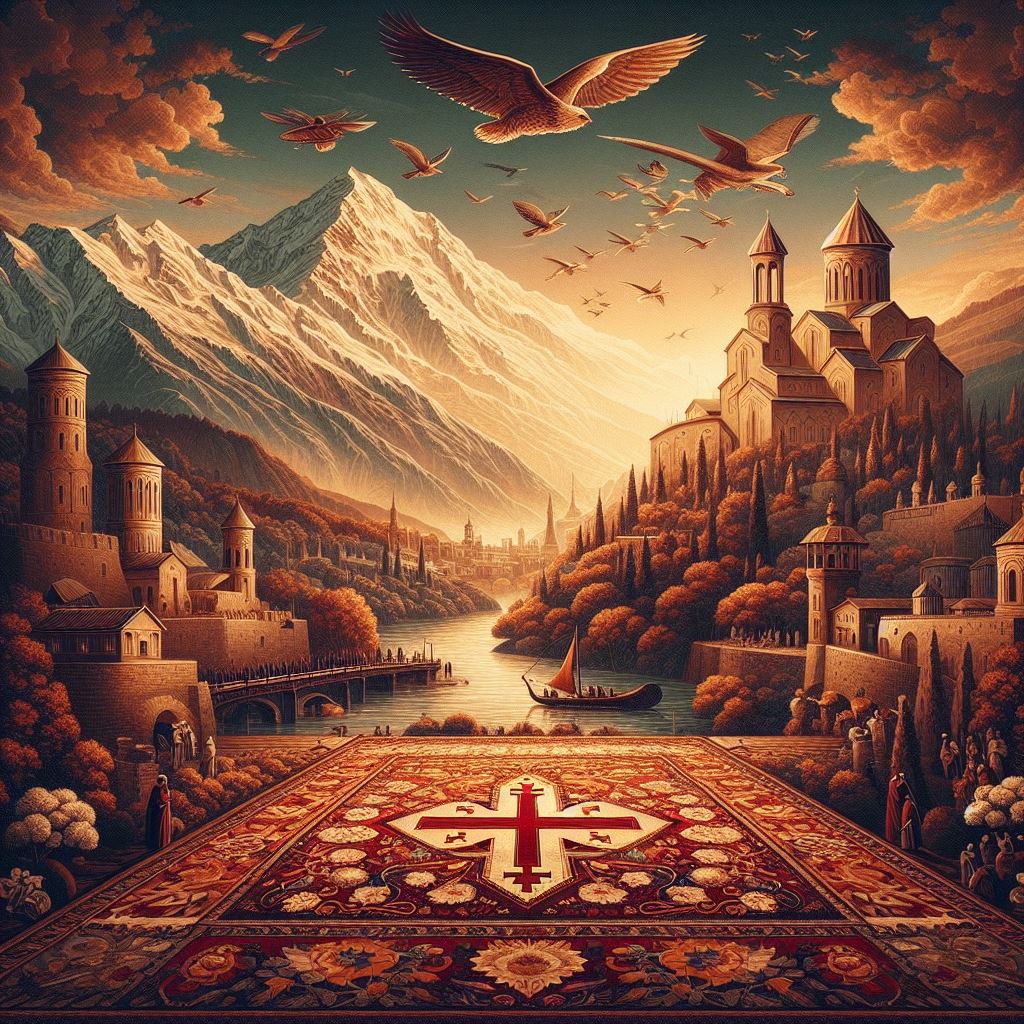
Georgian Rugs in Modern Decor
Integrating Georgian rugs into modern decor is a testament to their versatility and enduring appeal. These rugs can add warmth, colour, and texture to any space, bridging the gap between traditional craftsmanship and contemporary design aesthetics.
Blending Tradition with Contemporary Styles
Georgian rugs, with their rich colours and elaborate patterns, can serve as focal points in modern interiors, providing contrast and interest. Whether placed in a minimalist setting or a more eclectic space, these rugs bring a touch of elegance and history that complements contemporary furniture and decor. The key to successfully incorporating Georgian rugs into modern decor lies in balancing their intricate designs with the simplicity and clean lines of modern aesthetics.
Durability and Practicality
Beyond their aesthetic appeal, Georgian wool rugs are valued for their durability and practicality. The quality of the wool and the tightness of the weave contribute to their longevity, making them suitable for high-traffic areas in the home. Their natural materials and dyes also mean that they age gracefully, acquiring a softer, more muted palette over time that can harmonize beautifully with a range of interior styles.
Care and Maintenance
Maintaining the beauty and integrity of Georgian rugs in a modern setting requires proper care and attention. Regular vacuuming, prompt attention to spills, and professional cleaning when necessary can help preserve their appearance and extend their lifespan. Additionally, rotating the rug periodically can ensure even wear and fading, maintaining its aesthetic appeal for generations to come.
Integrating Georgian rugs into modern decor not only enhances the visual appeal of a space but also creates a tangible link to the past, celebrating the rich cultural heritage and timeless artistry of Georgian weaving. Whether as a statement piece or a subtle accent, these rugs offer a unique blend of history, beauty, and craftsmanship that can enrich any contemporary home.
Common Types or Rugs
Each type of Oriental rug has its unique charm and story, making them more than just a luxury item; they are a piece of their country's cultural legacy. Collectors and enthusiasts of Oriental and Persian rugs appreciate them not only for their aesthetic appeal but also for their cultural, historical, and artistic significance.
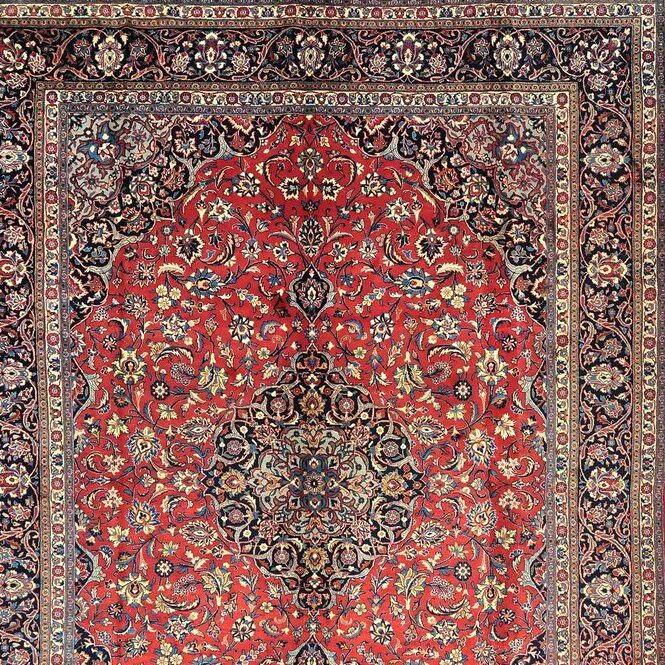
Persian Rugs
Originating from what is now modern-day Iran, Persian rugs are celebrated for their unparalleled craftsmanship and enduring beauty.
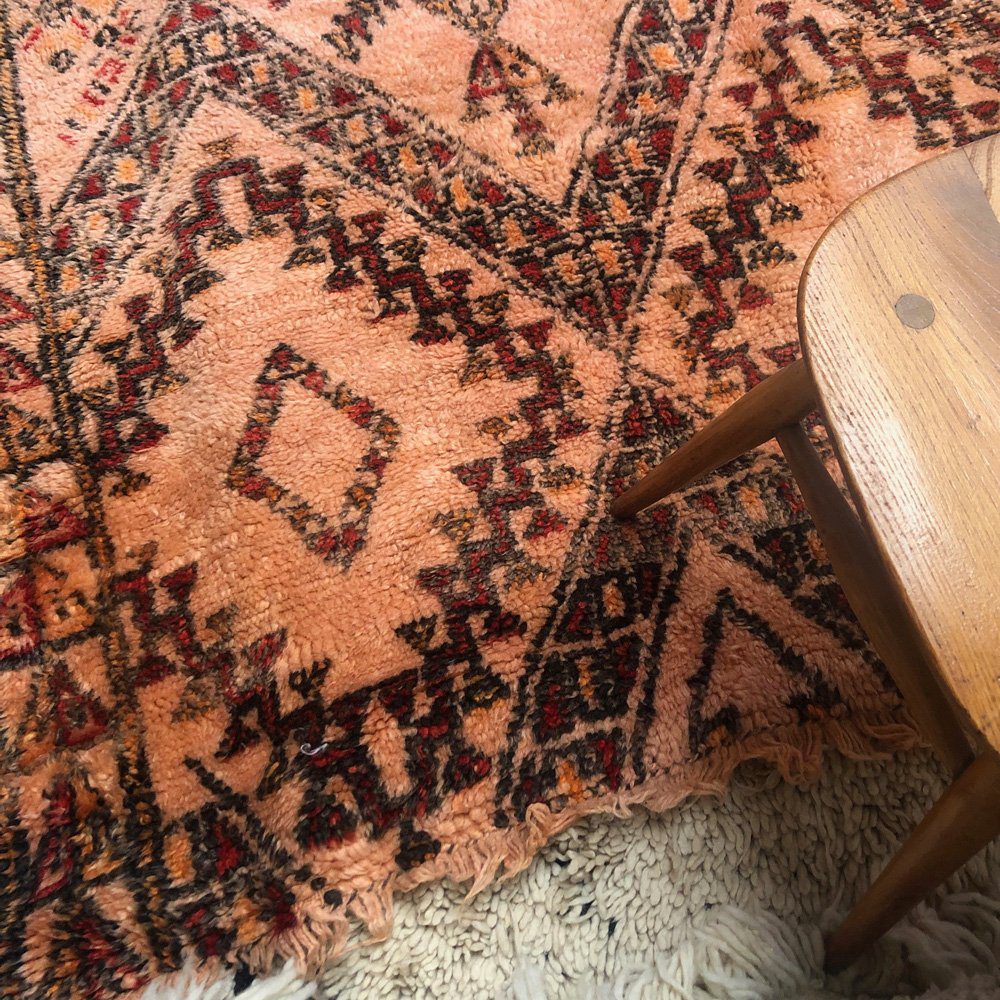
Berber Rugs
Originating from the Berber tribes of North Africa, particularly Morocco, this type of carpet is renowned for its rugged texture and resilient nature.
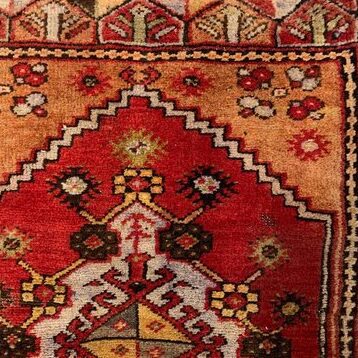
Turkish Rugs
Turkish rugs have a legacy steeped in history and artistry, and have always been a symbol of exquisite craftsmanship and cultural significance.
Frequently Asked Questions
Georgian carpets are traditionally made using hand-knotting techniques passed down through generations. The process starts with shearing wool, which is then cleaned, spun into yarn, and dyed using natural substances. Weavers use a loom to hand-knot the yarn, creating intricate patterns and designs characteristic of Georgian rugs. The final steps involve washing, stretching, and sometimes shearing the rug to achieve the desired texture and finish.
Georgian rug designs are unique for their fusion of Eastern and Western artistic influences, reflecting Georgia's geographical and cultural position. These rugs often feature a mix of bold geometric patterns and detailed floral motifs, with a distinct use of color and symmetry. The designs not only serve aesthetic purposes but also carry symbolic meanings, telling stories or depicting scenes from Georgian folklore and tradition.
Common patterns in Georgian rugs include geometric shapes, floral motifs, animal figures, and religious symbols. Designs such as the Tree of Life, dragons, and crosses are prevalent, each with its own symbolic meaning. Geometric patterns, including diamonds and medallions, are often used to create a sense of harmony and balance within the rug's design.
The history of Georgian carpet weaving is a rich tapestry that dates back centuries, with roots in the ancient cultures that inhabited the region. Over time, Georgian carpet weaving evolved into a highly skilled craft, influenced by the various empires and cultures that came into contact with Georgia. This long history is reflected in the diverse styles, techniques, and motifs found in Georgian rugs, making them a significant part of the country's cultural heritage.
Yes, Georgian wool rugs are known for their durability. The use of high-quality, hand-spun wool and tight weaving techniques ensures that these rugs can withstand years of use while maintaining their beauty and integrity.
The natural oils in wool fibres offer a degree of stain resistance, and the traditional dyeing methods contribute to the longevity of the rug's colours.
In the 1800s, rug-making saw a variety of styles and types across different regions. Georgian rugs of this era were known for their intricate designs and robust construction, featuring both floral and geometric patterns. Other notable types include Persian carpets, which were renowned for their detailed artistry and rich colors, and Turkish rugs, which displayed distinctive motifs and strong, symmetrical designs. European rugs also began to gain popularity, with designs that often mirrored the Victorian and Neoclassical styles of the time.
Old rugs are considered valuable for several reasons, including their historical significance, rarity, and the craftsmanship involved in their creation. Antique rugs, especially those in good condition, are sought after by collectors and enthusiasts alike. The intricate handiwork, natural dyes, and time-tested materials contribute to their longevity and aesthetic appeal, making them not just decorative items but investments in art and history.
Several countries are renowned for their rug-making traditions, with Iran (Persia), Turkey, and Afghanistan leading the list. Georgia also holds a place of distinction for its unique styles and the historical depth of its carpet-weaving culture. Each of these countries boasts distinctive designs, weaving techniques, and materials that reflect their rich cultural heritages.
Identifying a vintage rug involves examining its materials, craftsmanship, and signs of aging. Vintage rugs often feature hand-spun wool and natural dyes, which age differently than synthetic materials, resulting in a soft, muted color palette. The wear pattern, rug's pile, and the tightness of the weave can also offer clues to its age. Additionally, certain designs and motifs can indicate the rug's origin and approximate period of creation.

